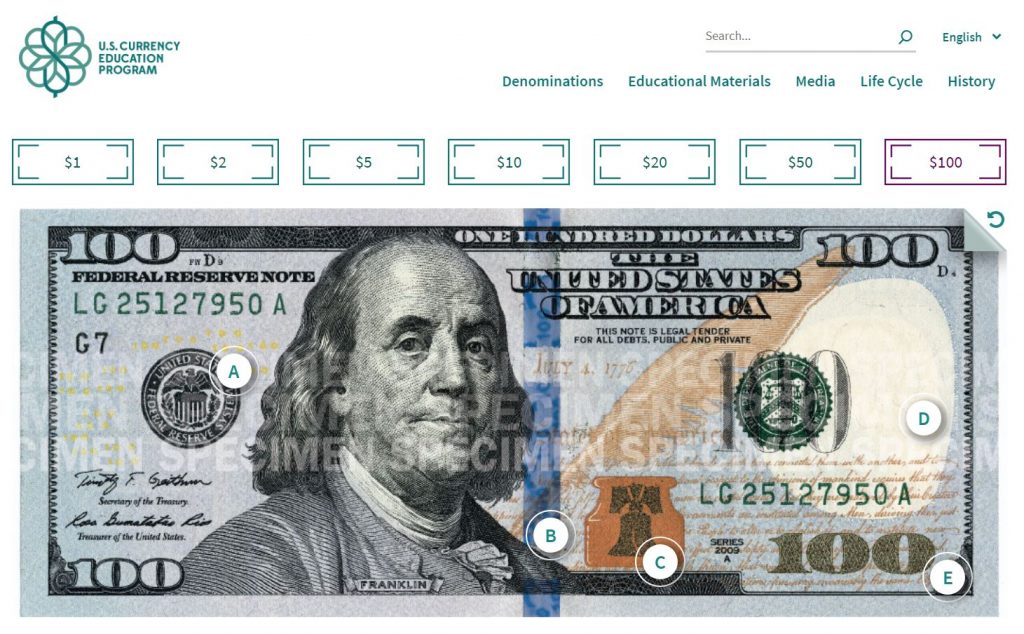As part of a user experience design and research team at the Federal Reserve, I participated in providing UX consulting on the U.S Currency Education Program’s website. The project included a number of activities, but mainly focused on identifying ways to improve the site’s user engagement.
The Problem
The U.S. Currency Education Program (CEP) manages the outreach and education initiatives about educating the public about money. One of the main components of this team is its website, uscurrency.gov.

For this project, I was consulted to help boost the site’s falling engagement and help re-orient the site’s information architecture toward top tasks and users’ main goals. The site had since become larger than when it had launched, which created sprawling navs and unwieldy organization. User engagement was down, and bounce rates kept rising.
Approach
My team proposed a number of different research activities to understand the site’s target audience, top user goals, and ways in which target users group the site’s content. We conducted stakeholder interviews, a heuristic review of the website, evaluated site analytics and past usability studies. In addition, we planned two activities that were focused on the website’s IA.
We started with a card sort (40+ cards) and tested it with more than 75 users using a digital card sorting tool. From there, we focused our efforts on taking a proposed IA and further testing it with a scenario-based tree test, a simple test to see if people can locate information on a website.
Results
We translated our research findings into a proposed IA, which lead the design team to spin up a new main navigation and footer. We incorporated top category names and utilized dropdowns, allowing users greater control. Additional usability findings impacted a few other changes to the site, including breaking out currency by denomination. The site’s bounce rate has since decreased and user engagement is up.
Lessons Learned
- Cards sorts can be helpful to generate initial ideas about how users think about the website content.
- Tree testing is great method of testing an initial site information architecture; however, scenarios can bias how users answers questions so it’s particularly important to pre-test scenarios before conducting tree tests. Test with colleagues or friends and family.